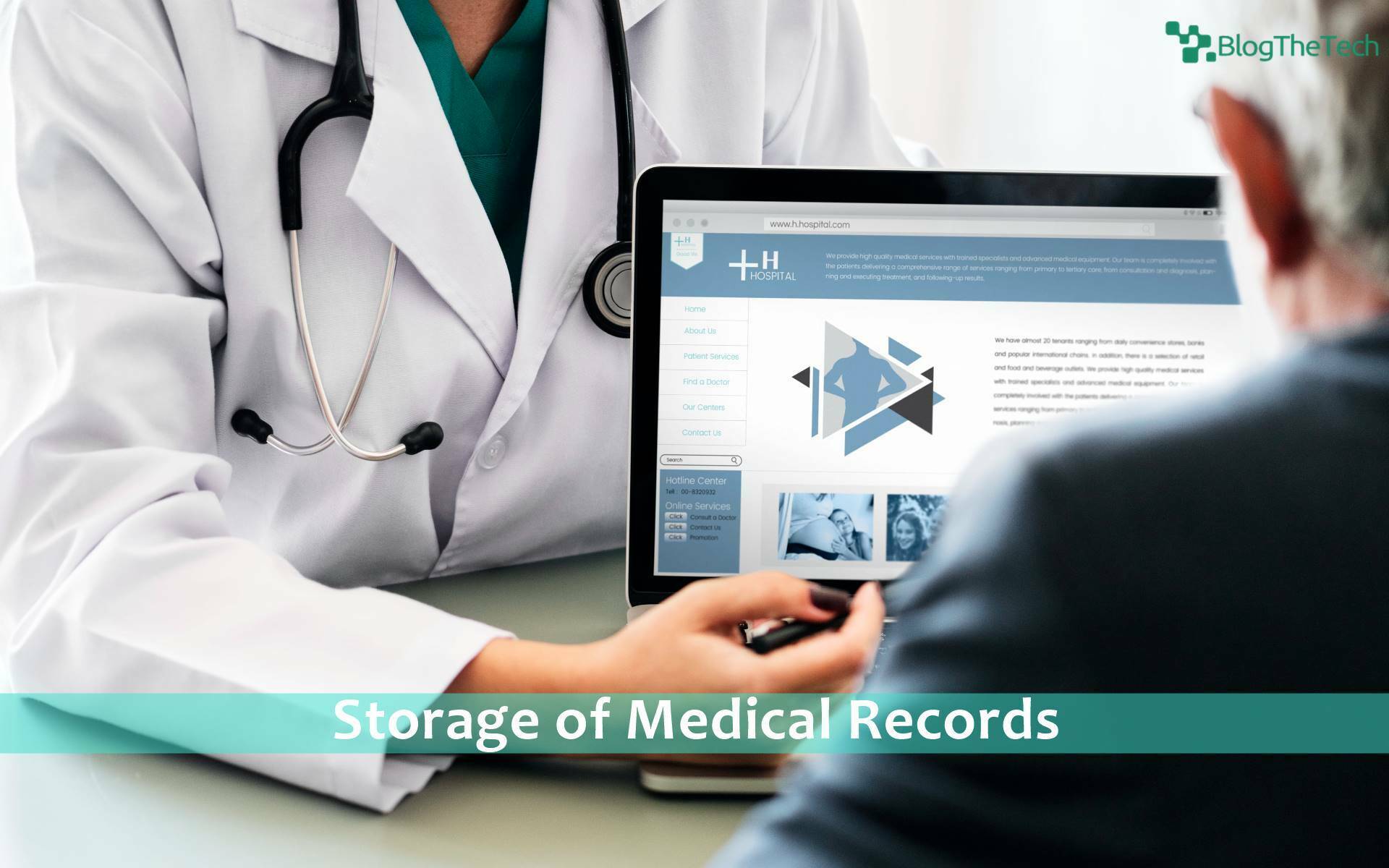As a result of technology, healthcare has evolved dramatically over the years. We have witnessed great improvements in healthcare facilities, such as increased quality healthcare delivery, less waiting time, accurate diagnosis, and decreased medical errors.
Technology is being used everywhere in healthcare facilities, including in operating rooms, laboratories, local pharmacies such as the Healthy Choice Compounding Pharmacy, and even in tech spaces, where the implementation of heavy-duty scanners such as the Kodak S3120 MAX document scanner is producing important documents on a large scale. Other examples of technology used in healthcare facilities include MRI scanners, CT scanners, and X-ray machines. These machines have solved many patients’ problems as it’s difficult for a human to detect internal injuries.
Let’s look at some of the factors through which technology has transformed our healthcare facilities.
How Has Technology Changed the Healthcare System?
- Enhanced Treatments

Efficient and functioning medical equipment is critical to providing high-quality patient care. Computers can now monitor information like heart rate and blood pressure. They can also send notifications to notify personnel of any irregularities.
Devices such as MRI machines and CT scanners have helped doctors when conducting surgeries. Through technology, we have also witnessed significant advances like robotic arms and legs that have helped restore patients’ ability to walk again and enable them to use their hands.
- Storage of Medical Records

Note-taking for doctors and nurses is no longer done using a pen and paper. Patient data is now typed into a computer and saved in an electronic database. Data storage in a computer helps to eliminate human mistakes, as medical workers sometimes struggle to decipher the handwriting of a colleague.
- Easy Access to Medical Information
With the development of the Internet, many patients and doctors have access to information online. They are able to research specific illnesses or symptoms they may not have been aware of previously.
The Internet has also brought many software solutions that make specific processes easier. For example, radiology workflow management significantly improves operational efficiency, facilitates seamless collaboration among healthcare providers, and ensures a patient-centric approach by streamlining image management, processing, and sharing, ultimately enhancing diagnostic accuracy and patient care.
The development of apps such as telehealth has also enabled doctors to consult other doctors where a diagnosis is not clear, or when there is a disease outbreak.
Telecommunications has also seen a transformation in the healthcare experience by allowing remote access to healthcare services. Now a patient can contact a clinician who is in a different location and numerous healthcare practitioners can be in contact while performing a procedure.
- Enhanced Public Health
Electronic health records provide clinical researchers with essential data, assisting in advancing medical knowledge and developing solutions for prevalent health issues (like viral outbreaks).
Standardized health IT systems can provide insights into the scope of an outbreak, allowing preventative measures (such as enhanced flu vaccine production) to be implemented much more promptly.
- Improved Disease Control

The creation of special software tools by the World Health Organization has been able to classify diseases, their causes, and symptoms into an extensive database that includes over 14,000 different codes.
This platform enables medical practitioners and researchers to track, access, and use essential data to battle disease and provide better healthcare.
The software also plays an integral part in recording processes and invoicing systems that decrease paperwork, allowing practitioners to use this data to improve the quality of their service and overall efficiency.
- Compare drug alternatives
A notable contribution comes from Prescriber Point, which has designed a tool for drug comparison. This innovative solution aims to simplify the lives of healthcare professionals by facilitating the comparison of different medications and alternatives.
The tool empowers healthcare providers to make informed decisions on dosage administration and explore financial assistance options for their patients.
We Should Embrace Technology
Technology is a vital instrument that aids the medical industry in various ways. Technology makes numerous processes more efficient, but it is now actively assisting nurses, doctors, and surgeons in saving lives. Technology has transformed the healthcare industry and will continue to do so in the future.

